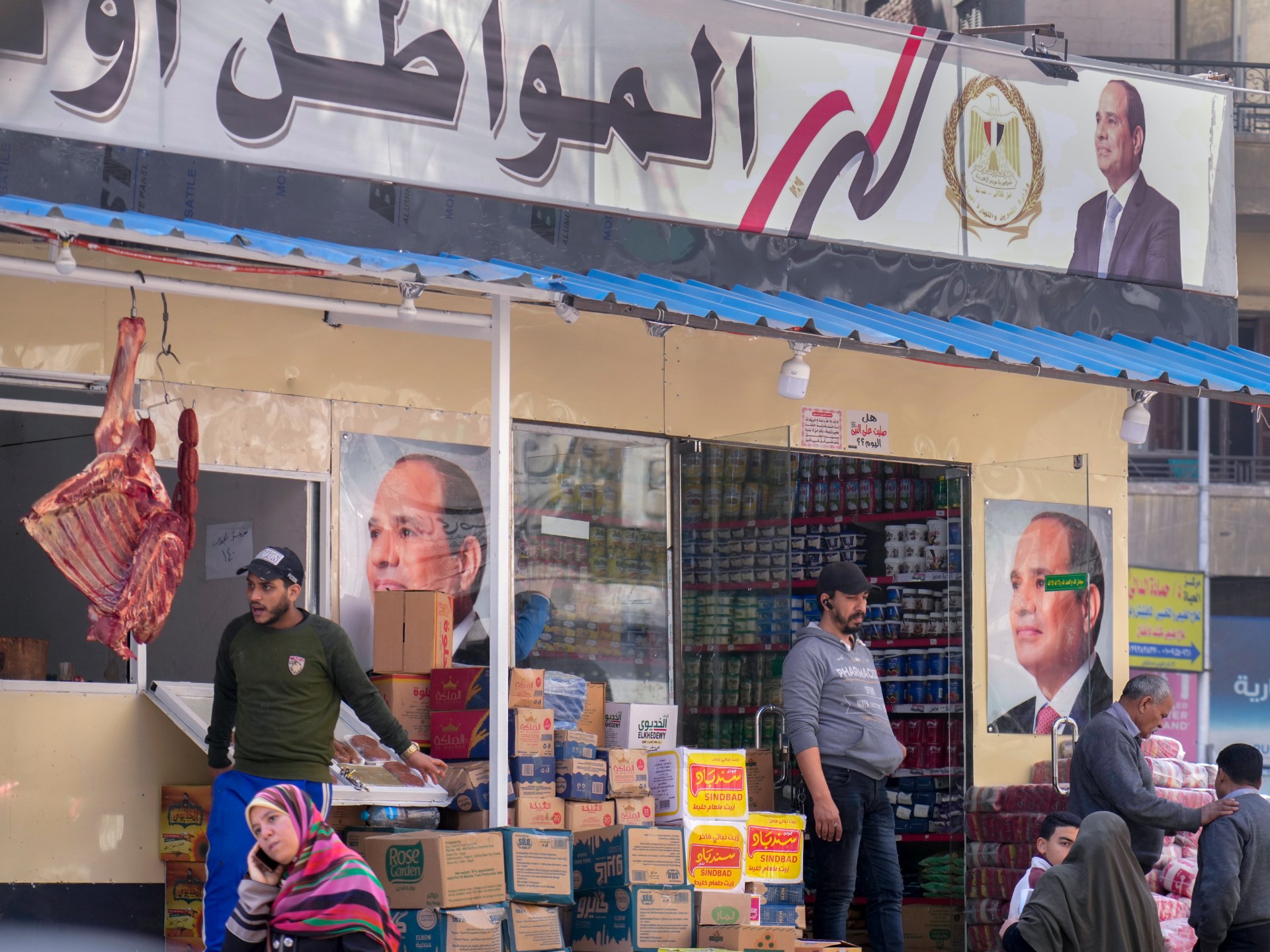
Hundreds of thousands of locusts have descended on crops in northern Afghanistan under the helpless gaze of farmers and their families who are already suffering from food shortages.
In the village of Kandali in Balkh, one of the country’s eight provinces affected by the bread basket, a wheat field has been swarmed by a swarm of gray beetles.
After harvest, they hatch and lay eggs the following spring, continuing a cycle of destruction in a country where, according to the United Nations, nine out of 10 households already struggle to secure food.
“They eat anything green: wheat, peas, sesame,” said Baz Mohammad, representative of Kandali village
Desperate farmers use nets before burying the plague of Moroccan locusts, one of the world’s most consumptive pests, in trenches, but their numbers are still multiplying.
“We are walking on hungry stomachs to kill locusts. If we don’t kill them, our agriculture will be destroyed,” Mohammad said.
According to the Food and Agriculture Organization of the United Nations (FAO), this year’s outbreak could destroy 1.2 million tons of wheat, a quarter of the annual crop and cost up to $480 million.
Afghanistan is facing a third straight year of drought with farmers in Kandali reporting no rain since March, which could help wash away the bugs.
FAO Afghanistan Representative Richard Trenchard said last month, “This year’s crop forecast is the best we have seen in three years.
“But this outbreak threatens to wipe out all these recent gains and dramatically worsen the food insecurity situation later this year and into next year.”
The agency said conditions were “perfect” for locusts, with “overgrazing, drought and very limited control measures”.
The last two major epidemics, which occurred 20 and 40 years ago, cost the country 8 percent and 25 percent of production, respectively.
Sifatullah Azizi, head of locust control at the provincial agriculture ministry, said 7,000 hectares (17,000 acres) of land had been treated chemically and manually, but it was not enough.
“We have done our best. You need a budget to eliminate them, to hire workers, to pay for fuel, products,” he told the Agence France-Presse news agency.
Afghanistan’s economy, already battered by decades of war, is in crisis after billions of dollars in international aid are cut off following the Taliban takeover in August 2021.
According to the latest UN Development Program report, economic output has collapsed and about 85 percent of the country lives in poverty.
“Afghanistan used to have a very strong locust control system, but in the last two years it has been greatly eroded,” Trenchard said.
If left unchecked, Morocco’s locust population could grow 100-fold next year, the FAO has warned.
Farmer Abdul Raqib Kazimi, who supports 16 family members, said 60 to 70 percent of his produce, including fodder for his cattle, was lost.
“We have to feed ourselves. If there is no wheat, there is no flour,” the 38-year-old said.
“I am very worried because these locusts are laying eggs in this area, so next year again, it will be out of my control and out of my villagers’ control.”
Source link




